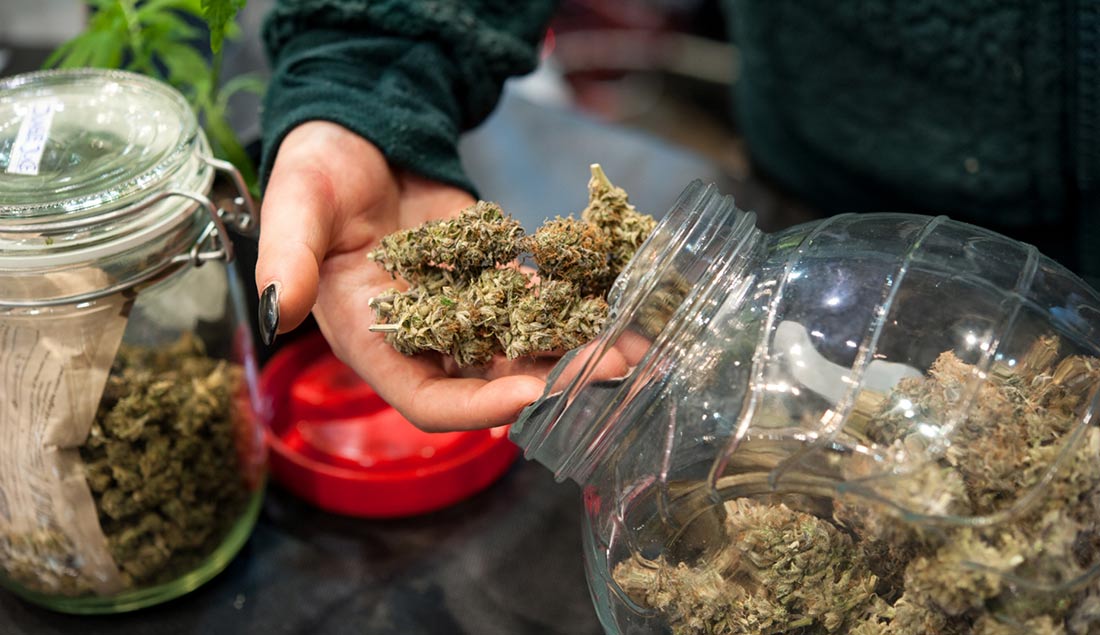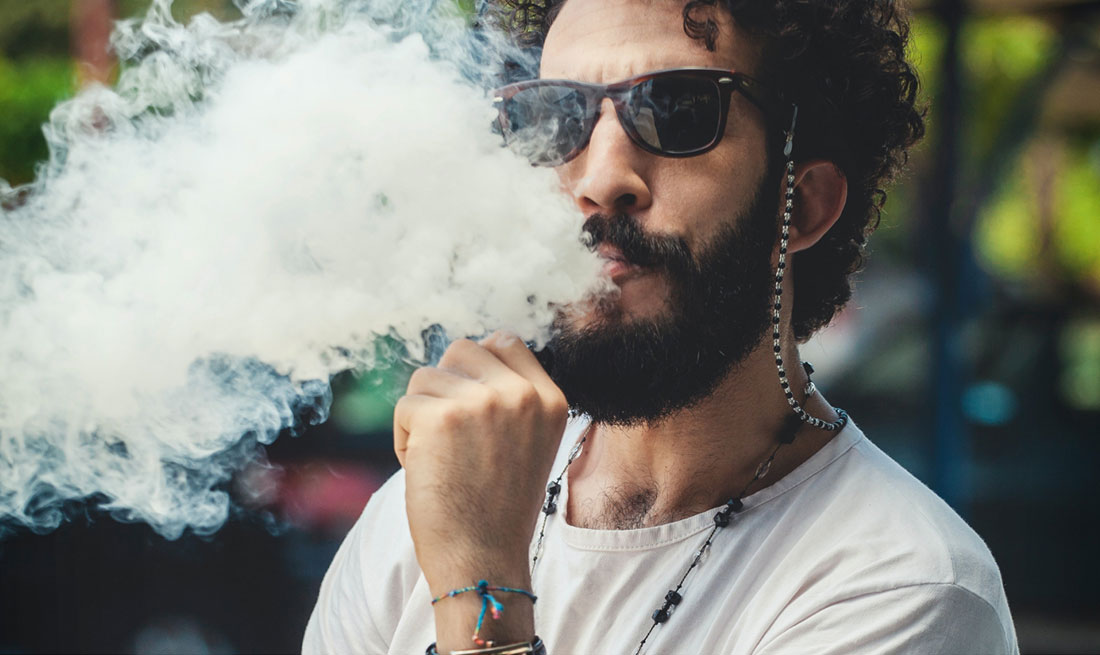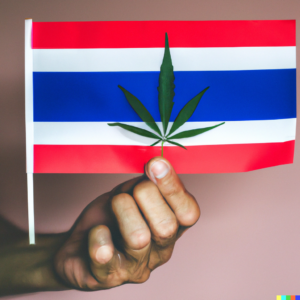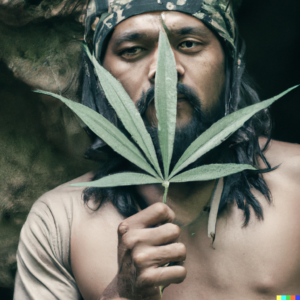Important Information for Tourists Regarding Cannabis in Thailand
Welcome to Thailand where the grass is always greener! 10 important facts to note for newly arriving tourists regarding cannabis in Thailand..
- Carrying seeds or parts of the cannabis plant from and to Thailand for personal purposes is not permitted.
- Cannabis cultivation is legal, but registering in the “PLOOK GANJA” application or through the government website is required.
- Using cannabis flower buds for research, export, sale, and processing for commercial purposes requires an official permit.
- Individuals under 20 years old, pregnant women, and breastfeeding women are not eligible to use cannabis except under the supervision of health professionals.
- Possession of extracts containing more than 0.2% THC and synthetic THC requires permission.
- Cannabis-infused dishes are available in authorized restaurants.
- Approved cannabis health products are accessible through specific channels.
- Smoking cannabis in public spaces, including schools and shopping malls, is illegal.
- It is advised to avoid driving after consuming food or health products containing cannabis.
- Those experiencing serious adverse health effects from cannabis should promptly seek medical treatment from a qualified doctor.

Cannabis in Thailand: Unveiling the Rich History and Changing Landscape
The story of cannabis in Thailand is a captivating journey that spans thousands of years. Although not all historical developments were meticulously recorded due to the recreational nature of cannabis, we have gleaned significant details through archaeological findings, studies, and excavations.
Cannabis has its roots in Central Asia, with the earliest known records dating back to around 12,000 BC. Regions like Russia, China, Mongolia, and Kazakhstan were home to cannabis cultivation. These mountainous areas, including the Altai Mountains and the Hindu Kush, were renowned for producing high-quality hashish and marijuana.

Shopping marijuana fresh flowers
Nomadic tribes in Central Asia discovered the diverse uses of cannabis. They obtained fibers for clothing and rope, utilized the plant for food and oil, and experienced the euphoric effects of heated cannabis. Early Chinese and Indian literature recognized cannabis as a potential remedy for depression, anxiety, pain relief, and sleep improvement, demonstrating an understanding of its medicinal properties.
As civilizations expanded, trade routes and military conquests facilitated the diffusion of cannabis across various regions. Eurasia, China, India, Japan, and the Arab World all embraced cannabis due to its perceived value. People began selectively cultivating strains with higher THC content to enhance its psychoactive properties, demonstrating an early understanding of manipulating the plant.
Thailand’s introduction to cannabis is believed to have occurred through its cultural connections with India, as evidenced by the shared word “ganja” in both languages. Cannabis has been present in Thailand for centuries, initially utilized for rope and textile production. Hemp products, including hemp hand wraps used by Muay Thai fighters, were common.
Thais also discovered the medicinal benefits of cannabis. It was employed to alleviate pain, anxiety, stress, and muscle tension. The use of cannabis in relieving labor pain marked the early origins of medical marijuana in Thailand.

Medical marijuana is becoming more popular
In the early 20th century, cannabis was banned in Thailand, laying the groundwork for the country’s current Narcotics Act, which made cannabis illegal. However, despite the prohibition, the underground cannabis scene thrived. Cannabis remained deeply embedded in Thai culture, and people continued to enjoy its benefits discreetly.
During the Vietnam War, Thailand served as a base for the United States’ airforce. American soldiers stationed in Thailand had access to recreational marijuana, coinciding with the rise of the Hippie Movement in the West. Local entrepreneurs catered to the demand by selling marijuana, including the famous Thai stick and pre-rolled cigarettes. The term “bong” is believed to have originated from the Thai word “bhaung,” referring to bamboo water pipes used for smoking marijuana.
For much of the 20th century, cannabis remained prohibited in Thailand. However, in recent years, there has been a shift in cannabis laws. In 2019, medical marijuana was legalized, and subsequent amendments to the Narcotics Act permitted the legal use of cannabidiol (CBD) in the country. Thai households are now allowed to grow cannabis plants for non-recreational purposes, with restrictions on THC content.
Thailand’s evolving legal landscape has paved the way for medical marijuana use and research. CBD products are readily available, and universities have established programs dedicated to studying the benefits of cannabis. While recreational use of cannabis remains illegal, there is hope that Thailand will adopt a more progressive approach in the future, aligning with the practices of Western countries.
The captivating history of cannabis in Thailand weaves together ancient origins, cultural connections, and shifting legal attitudes. As Thailand embraces the potential of medical marijuana, the story of cannabis continues to shape the nation’s cultural and legal landscape.

Important Information for Tourists Regarding Cannabis in Thailand
Welcome to Thailand where the grass is always greener! 10 important facts to note for newly arriving tourists regarding cannabis in Thailand..

Cannabis in Thailand: Unveiling the Rich History and Changing Landscape
The story of cannabis in Thailand is a captivating journey that spans thousands of years. Although not all historical developments were meticulously recorded due to the recreational nature of cannabis, we have gleaned significant details through archaeological findings, studies, and excavations.

Nature is a rich source of medicine
Sorem ipsum dolor sit amet, consetetur sadipscing ielitr, sed diam nonumy eirmod tempor invidunt ut abore et dolore magna aliquyam erat, sed diam voluptua. At vero eos et accusam et justo duo dolores et ea rebum. Stet clita kasd gubergren, no sea takimata sanctus est Lorem ipsum dolor sit amet. Lorem ipsum dolor sit


